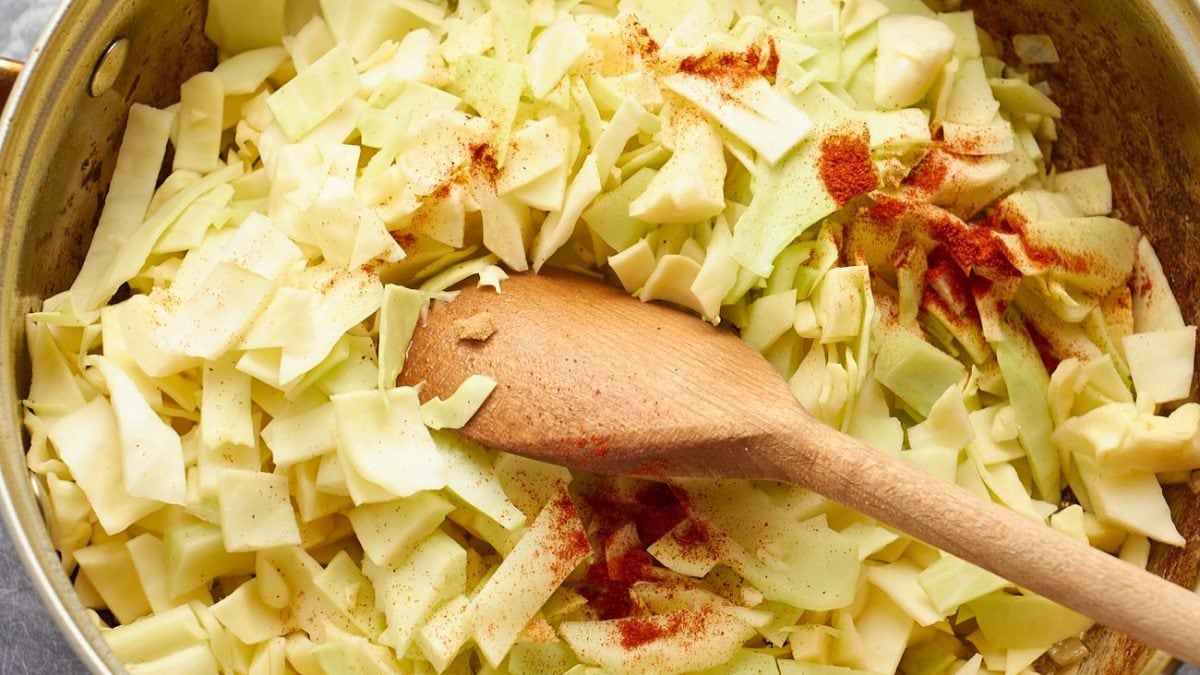
Imagine you're making a delicate risotto or a hearty stew. The temptation to constantly stir might be strong—after all, stirring ensures even cooking, right? Well, not exactly. Stirring too much can actually sabotage your culinary efforts. When you stir constantly, you're disrupting the natural cooking process. Heat distribution is important, but so is allowing food to cook undisturbed at times.
The Consequences of Over-Stirring
So, what happens when you over-stir? First, you risk breaking down the structure of your ingredients. Vegetables can turn to mush, and meats can become tough and chewy. Over-stirring can also lead to the dreaded “soggy” texture in foods that should remain crisp or have a nice bite. Imagine making a stir-fry where all the veggies end up as a sad, limp mess. Not exactly the vibrant, crunchy dish you were aiming for, right?

What Does it Mean to Constantly Stir?
Constant stirring means you're basically turning your cooking utensil into a perpetual motion machine. It's akin to dancing the cha-cha non-stop—sounds exhausting, doesn't it? This continuous motion doesn't allow your food to rest and develop flavors properly. Certain dishes, like sauces and risottos, benefit from occasional stirring to release starches or prevent sticking, but even these should be left alone for intervals to achieve the perfect texture and taste.
How Often Should You Stir?
The million-dollar question: how often should you stir your food? The answer depends on what you're cooking. For dishes like soups and stews, stirring every 20-30 minutes is usually sufficient. This prevents the bottom from burning and ensures even heat distribution without turning everything into a homogeneous blend. For risottos, a gentle stir every few minutes helps to release starches and achieve that creamy consistency without overworking the grains.
When sautéing vegetables or cooking meats in a pan, let them sear and develop a crust before you even think about flipping or stirring. This not only enhances the flavor but also locks in moisture. If you're making something like a stir-fry, quick and decisive stirs at intervals are key to keeping everything crisp and delicious.
;Resize,width=767;)
